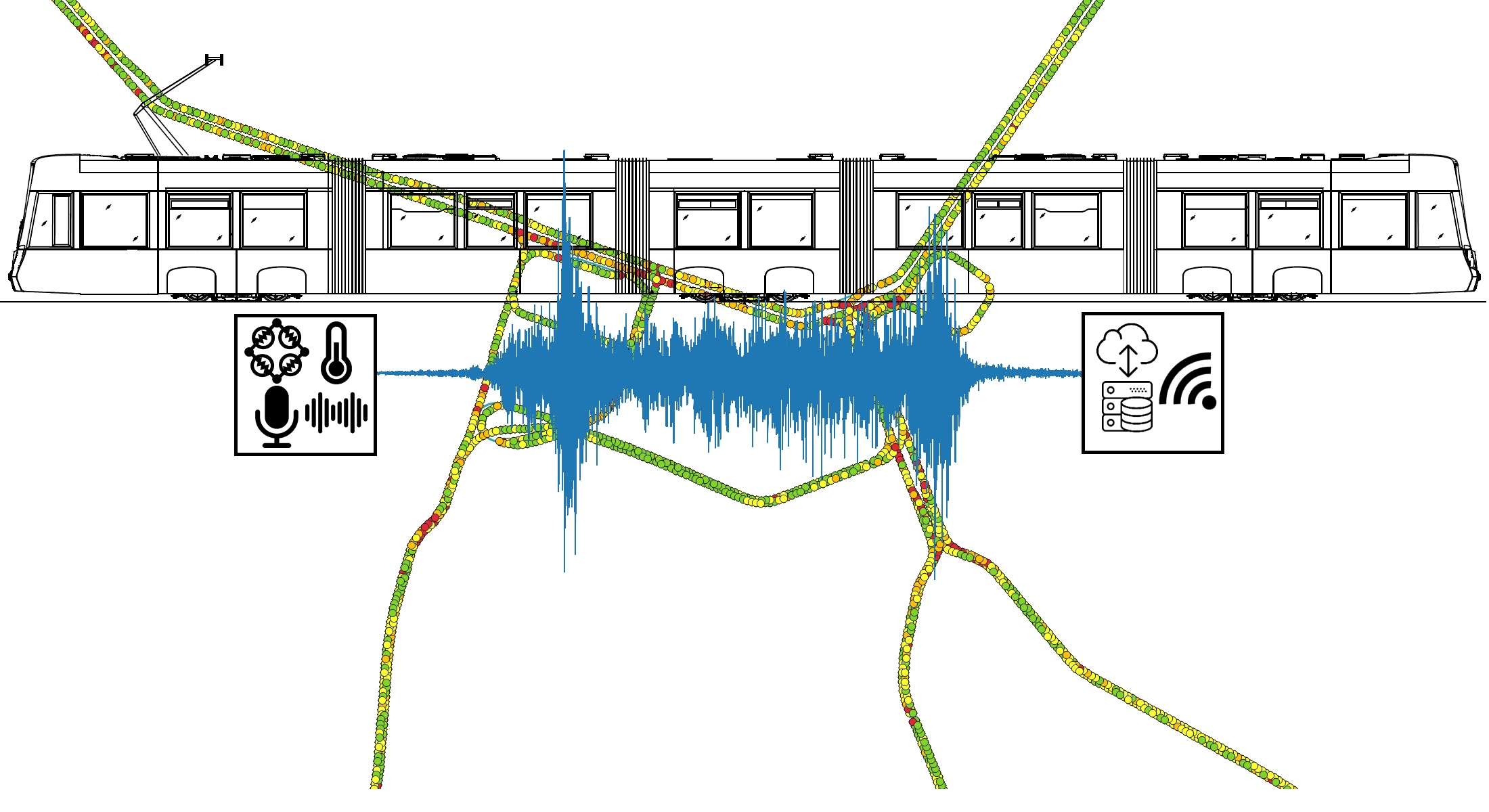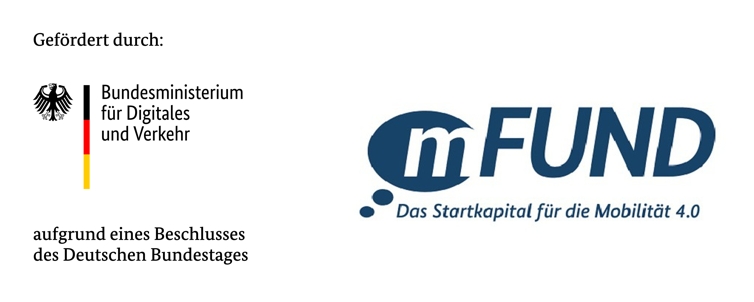Onboard data for the detection of railway track defects
Tramways are often highly frequented means of public transport that travel through densely populated city districts. Damage to the track causes disturbing vibrations and noise as well as increased vehicle wear. The potential consequences are complaints by affected residents and passengers. The network operator’s efforts to provide a complaint management as well as the reactive, swift removal of severe damage to tracks and vehicles is costly. Given the established inspection procedures (e.g. hand-held measuring devices), short-term detection of new track damage is not economically and operationally feasible. The fast, cost-effective and early detection of emerging track damage poses major challenges for transport operators.
As part of OnboardEU, twelve light railway vehicles in various European cities (including Hanover and Düsseldorf) will be equipped with onboard measurement systems. These systems record signals from accelerometers (vibrations/shock) and microphones (direct sound/noise) in the wheel-rail contact area. The data is continuously recorded during vehicle operation and pre-processed onboard using AI methods. On the basis of these geolocated measurement data, the AI algorithms for condition monitoring and noise mapping are developed and tested.
In the project, AIT takes on the task of supervised machine learning to automatically detect track faults based on sound and vibration data. At the same time, pass-by measurements will be used to investigate the propagation of sound emitted by different vehicles in different operating conditions to support the creation of noise maps for trams.





